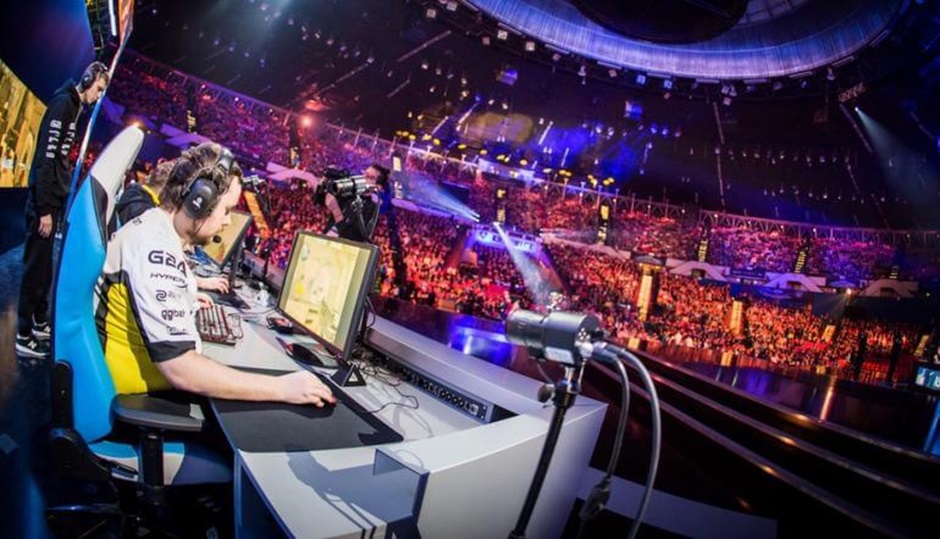eSports, the realm of competitive video gaming, has experienced a meteoric rise in popularity over the past decade.
Once relegated to niche communities gathered in dimly lit LAN parties, it has now transformed into a global phenomenon, boasting millions of players, passionate fans, and multi-million dollar investments. But just how popular is eSports now?
The most compelling evidence of esports’ popularity lies in its audience figures.
Newzoo, a leading eSports market research firm, reports that in 2023, the global eSports audience reached a staggering 532 million people.
This includes both enthusiasts (240 million) who actively follow specific games and players, and occasional viewers (249.5 million) who tune in occasionally for major tournaments or popular streamers.
This represents a remarkable 8.7% growth from 2022, highlighting the industry’s continued upward trajectory.
Beyond sheer numbers, eSports boasts impressive viewership figures for individual events. The League of Legends World Championship 2023 set a new peak viewership record of 6.4 million concurrent viewers, surpassing traditional sporting events like the NBA playoffs.
Similar feats have been achieved by tournaments in other popular games like Dota 2, Fortnite, and Counter-Strike: Global Offensive, demonstrating the ability of eSports to captivate massive audiences.
eSports transcends geographical boundaries. While Asia currently holds the largest share of the global audience (43%), followed by North America (25%) and Europe (18%), regions like Latin America and Africa are experiencing significant growth.
This global reach allows eSports to foster international communities and rivalries, further contributing to its cultural impact.
The revenue generated by eSports paints a clear picture of its financial muscle. In 2023, the global eSports market was valued at a staggering $1.38 billion, with a projected growth to $1.866 billion by 2025.
This revenue comes from various sources, including sponsorships, media rights, merchandise sales, and in-game microtransactions.
The increasing involvement of traditional sports organisations and brands reflects the confidence in esports’ long-term sustainability and profitability.
One of the key demographics driving eSports’ popularity is the young generation.
While PC gaming remains the dominant platform for eSports, mobile gaming is rapidly gaining ground.
Games like PUBG Mobile and Call of Duty: Mobile boast millions of players and dedicated eSports tournaments, with prize pools rivaling their PC counterparts.
This reflects the increasing accessibility and ubiquity of mobile devices, paving the way for further mobile esports growth.
Despite its impressive growth, esports faces challenges. Concerns about player burnout, gambling addiction, and data privacy require careful consideration and responsible regulations.
















